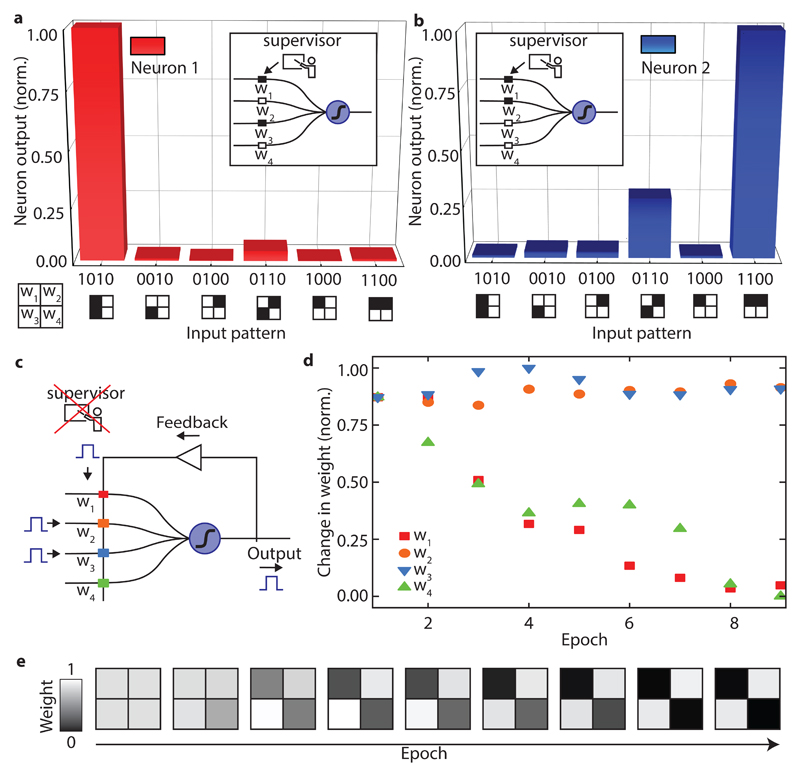Figure 3. Supervised and unsupervised learning with phase-change all-optical neurons.
a) and b) show the neuron output of two individual neurons when presented with different input patterns. Neuron one learned to recognize pattern ‘1010’, while neuron two generates an output signal when ‘1100’ is shown. In this example the eight weights of the neural network were set by an external supervisor. c) Schematic illustrating the unsupervised learning mechanism in an all-optical neuron. If an output spike is generated, the synaptic-weights where input and feedback pulses overlap in time are potentiated, while the weights that are only hit by the single feedback pulse are depressed. d) Change of the four synaptic weights over time when the pattern ‘0110’ is repeatedly shown starting from fully amorphous (high transmitting) weights. The weights where input- and feedback pulse overlap stay almost constant over several epochs. The other weights where only the feedback pulse is shown decrease continuously. e) Development of the weights over time, clarifying that the information of the pattern is encoded in the weights.

